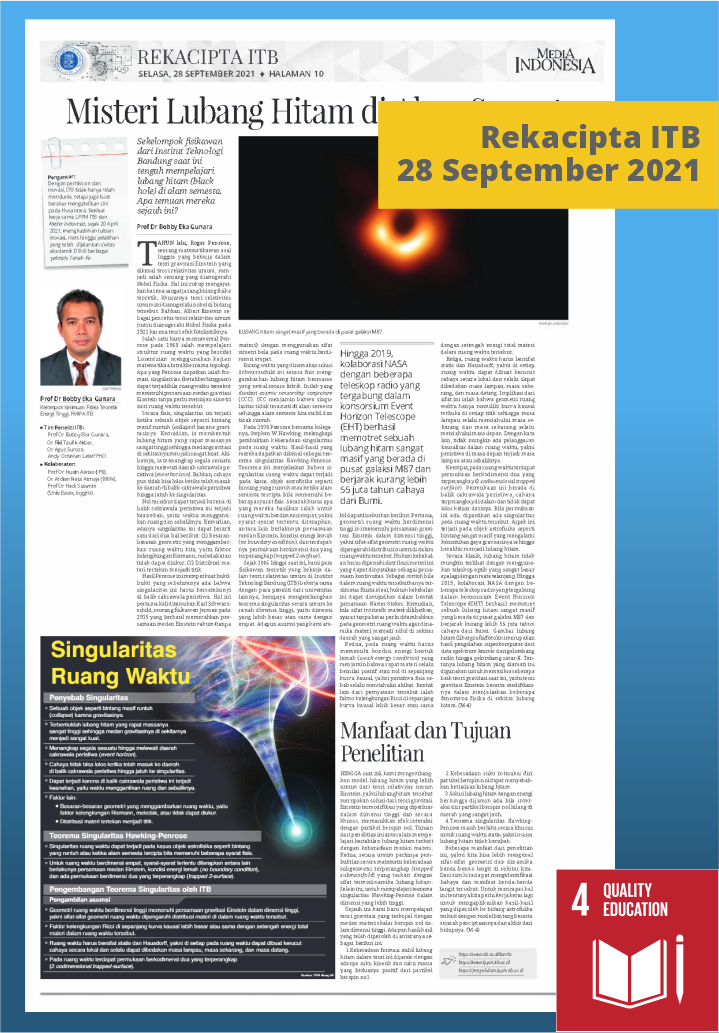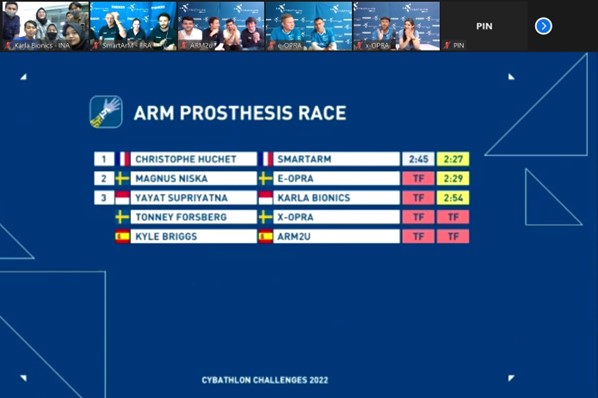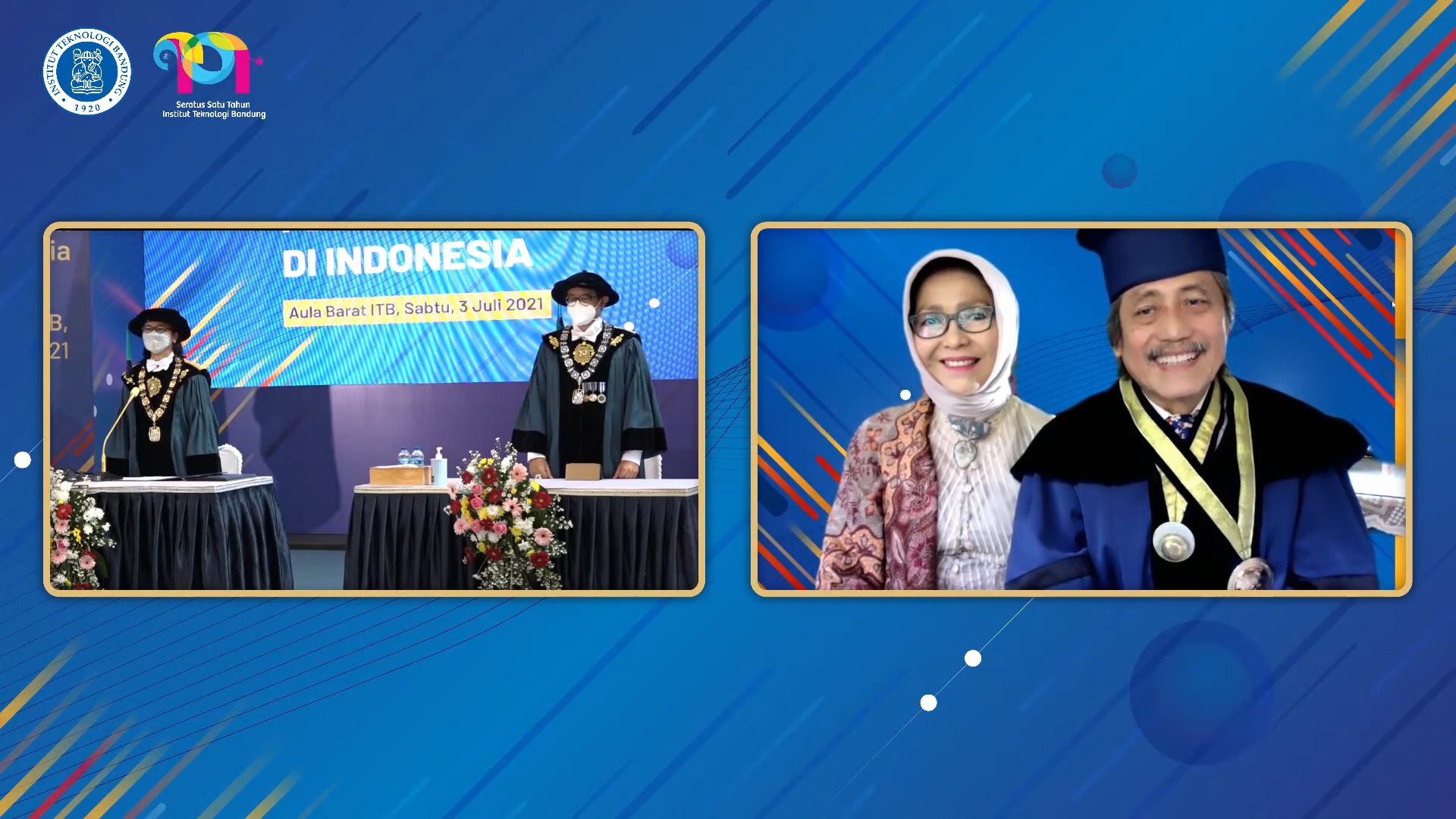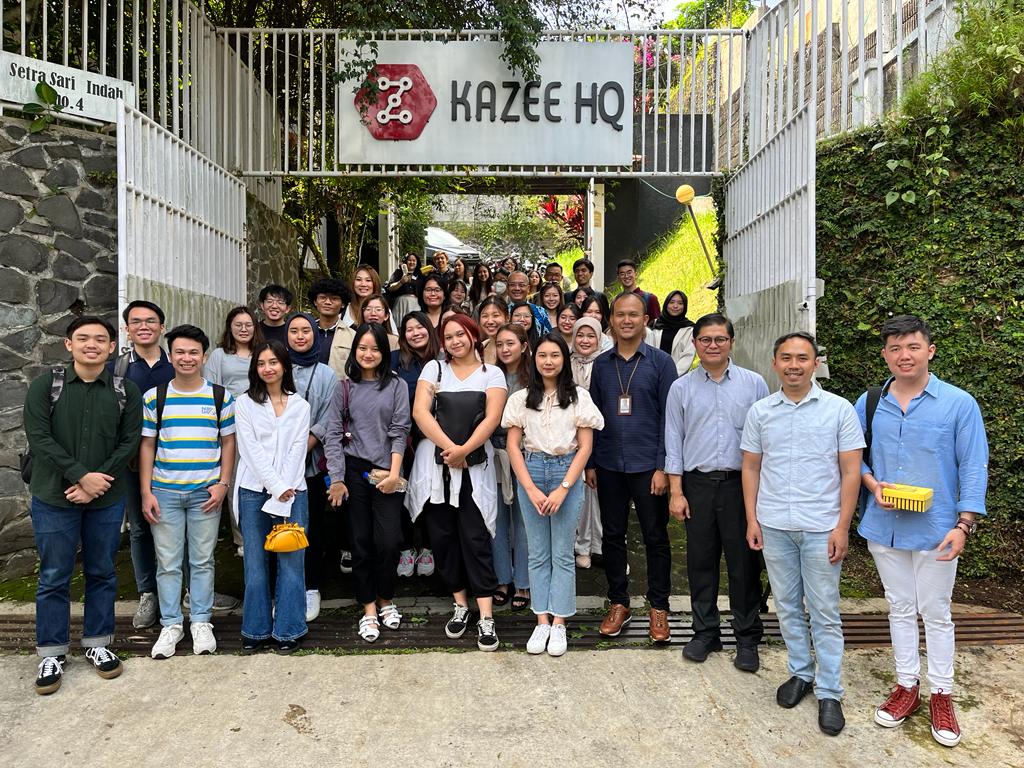The ITB Team Examines Research on the Mystery of Black Holes in the Universe
By Adi Permana
Editor Adi Permana

Sumber: Nasa
BANDUNG, itb.ac.id –Roger Penrose, a British mathematician who studied the general theory of relativity, last year became one of the awardees of the Nobel Prize in Physics. One of Penrose's monumental works in 1965 was studying the Lorentzian structure of spacetime by using topology and abstract mathematical studies.
"The work results in the formation of a singularity (infinity) can occur when spacetime meets Einstein's gravitational field equation without the need to review the symmetry of the spacetime," said Prof. Dr. rer.nat. Bobby Eka Gunara, S.Si., M.Sc., in the Rekacipta ITB rubric in Media Indonesia on September 28, 2021.
Prof. Bobby explained that physically, the singularity occurs when a celestial object such as a massive star collapses due to its gravity which then forms a black hole with a very high density. The high gravity produces a strong gravitational field capable of attracting anything in the event horizon region, including light.
"The existence of a singularity between the two possibilities can mean that the geometric quantities that describe spacetime (the Riemann curvature factor) explode. It can also mean that the distribution of matter is compressed into points," Prof. Bobby added.
The results of this study were corroborated by a German physicist in 1915, Karl Schwarzschild, who succeeded in solving the Einstein vacuum field equation by using the spherical symmetry properties of a four-dimensional vacuum. This spacetime is called the Schwarzschild solution, which physically describes an electrically neutral mass black hole and is known as the cosmic censorship conjecture (CCC). The CCC ensures that singularities are not observed in the universe, thus indicating stable and non-collapsed conditions.
Then in 1970, Penrose and his colleague, Stephen W. Hawking, completed the proof of the existence of singularities in spacetime which later resulted in the Hawking-Penrose theorem. This theorem explains that a spacetime singularity can occur in the case of astrophysical objects if it fulfills several physical conditions. In particular, they produced a four-dimensional spacetime with the specified conditions such as the validity of the Einstein field equation, the weak energy condition (no boundary condition), and the presence of a trapped 2-surface.
ITB Starts Developing Singularity Theorem
Since 2005, ITB collaborating with researchers from other universities, has been trying to develop the singularity theorem from general to the realm of higher dimensions greater than or equal to four.

Prof. Bobby explained that this research aims to study the stability of black holes related to the existence of the material field. Then, in general, it is necessary to mathematically prove the existence of a trapped sub geometry (crapped submanifold) associated with black holes' thermodynamic properties. It also studies the Hawking-Penrose singularity theorem in higher dimensions.
This study resulted in several conclusions. First, the existence of black holes' stable formation in this theory is guaranteed by the existence of kinetic terms and mass terms which are both positive for the zero spin particle. Second, the presence of the zero spin particle self-interaction term can lead to the absence of a black hole. Third, a black hole solution with finite energy is guaranteed to exist if the self-interaction of the zero-spinning particle disappears in a very distant region. Last, the Hawking-Penrose singularity theorem still applies specifically to static spacetime. For example, the mass of the black hole does not change.
"This research is also useful for recognizing the geometrical and dynamic properties of celestial objects around us. Thus, we can identify the dangers and benefits of these celestial objects," concluded the professor from Theoretical High Energy Physics and Instrumentation Research Group.
The full article can be read in the ITB Engineering Rubric at this link.
Reporter: Lukman Ali (Mechanical Engineering, 2020)
Translator: Zahra Annisa Fitri (Urban and Regional Planning, 2019)

.jpg)

.jpg)
.jpg)
.jpg)



